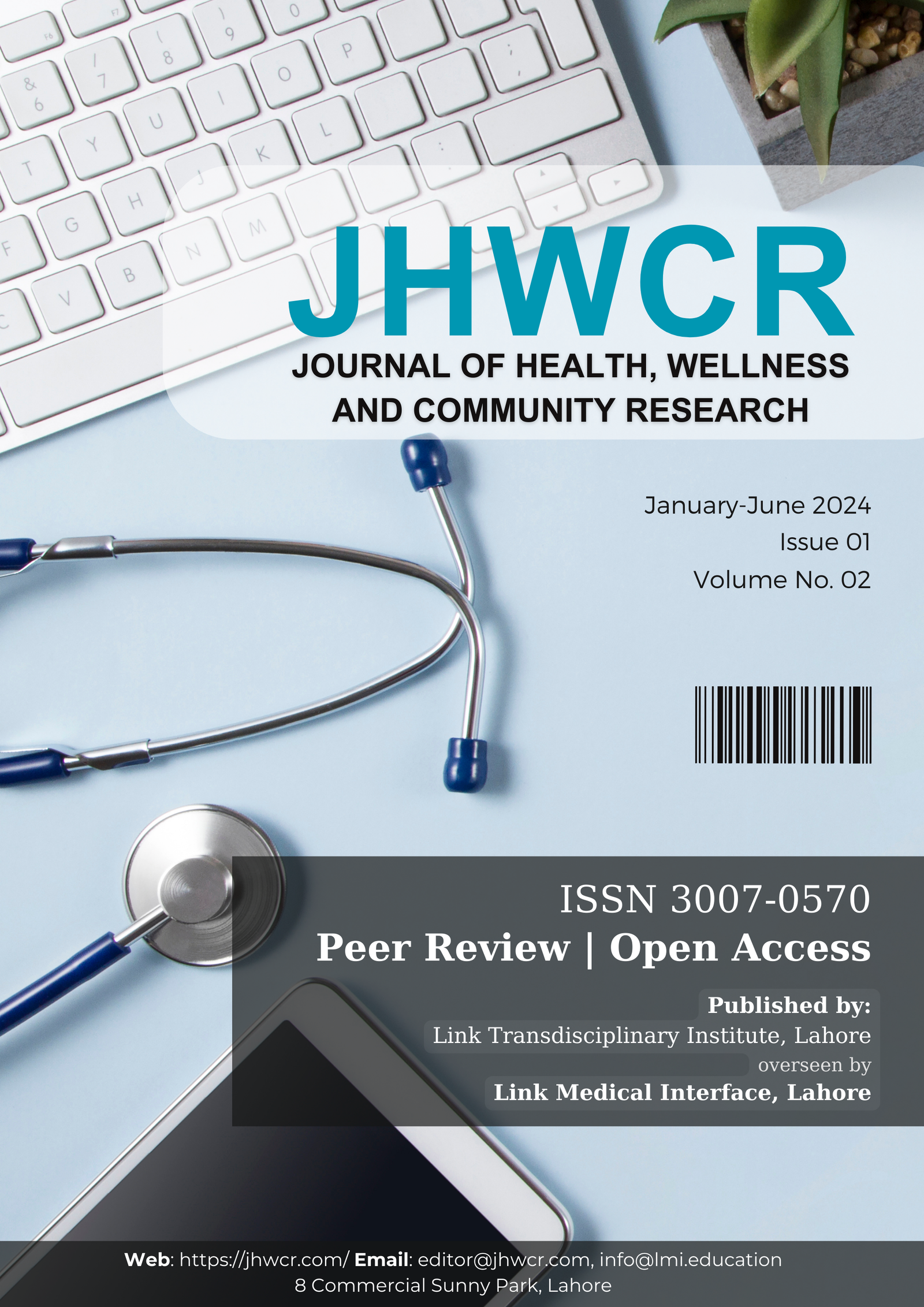Assessing the Role of Anxiety in Spinal Induced Hypotension During Lower Limb Surgeries
DOI:
https://doi.org/10.61919/32a2gf73Keywords:
Spinal Anesthesia, Hypotension, Preoperative Anxiety, Orthopedic Surgery, Hemodynamic Stability, APAIS, Perioperative CareAbstract
Background: Spinal anesthesia-induced hypotension (SIH) is a common complication during lower limb surgeries, with mounting evidence suggesting that preoperative anxiety may significantly influence hemodynamic instability. However, limited research has explored this association in non-obstetric surgical populations, representing a key gap in perioperative risk assessment and management. Objective: This study aimed to evaluate the relationship between preoperative anxiety levels and the incidence and severity of SIH in patients undergoing lower limb surgeries, hypothesizing that higher anxiety correlates with greater MAP reduction and increased hypotensive episodes. Methods: An observational cohort study was conducted involving 202 patients (aged 18–55, ASA I–II) undergoing elective lower limb surgeries under spinal anesthesia at DHQ Hospital, Sahiwal. Patients with major comorbidities, psychiatric illness, or contraindications to neuraxial anesthesia were excluded. Preoperative anxiety was assessed using the Amsterdam Preoperative Anxiety and Information Scale (APAIS), and intraoperative mean arterial pressure (MAP) changes were recorded. Hypotension was defined as a ≥20% MAP reduction from baseline. The study adhered to the Declaration of Helsinki, received institutional ethical approval, and used IBM SPSS v26 for statistical analysis, applying chi-square, Pearson correlation, and ANOVA as appropriate. Results: Among 202 patients, 59.4% exhibited preoperative anxiety. High anxiety patients experienced greater MAP drops (mean ± SD: 18.52 ± 6.97 mmHg) and a significantly higher incidence of hypotension (Pearson χ² = 18.059, p < 0.001; r = 0.60, p < 0.001) compared to low-anxiety groups, with clinically relevant hemodynamic instability observed. Conclusion: Preoperative anxiety is a strong, modifiable predictor of SIH in lower limb surgery, underscoring the value of routine anxiety assessment and targeted interventions to enhance perioperative safety and optimize clinical outcomes.
Downloads
Published
Issue
Section
License
Copyright (c) 2025 Rabia Javed, Ali Ahmad, Measum Abbas, Tahir Mehmood, Haseeb ur Rehman, Sadia Tariq (Author)

This work is licensed under a Creative Commons Attribution 4.0 International License.


